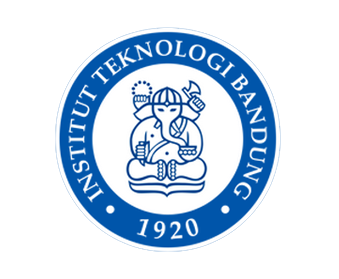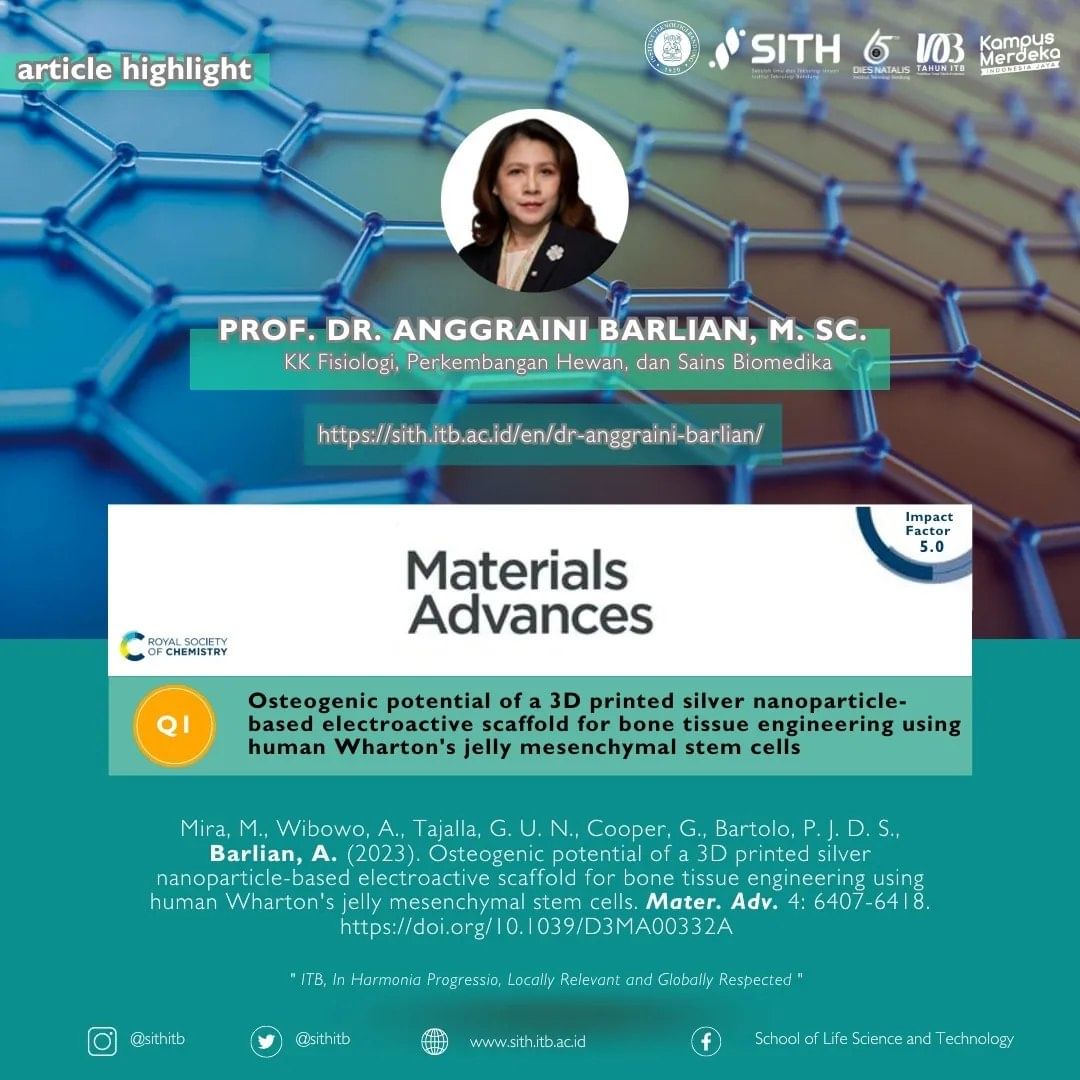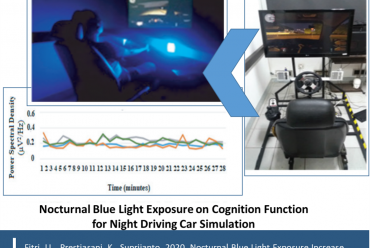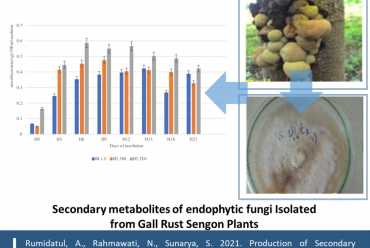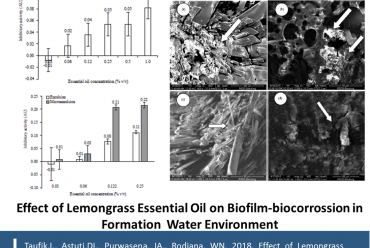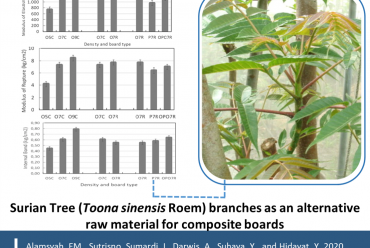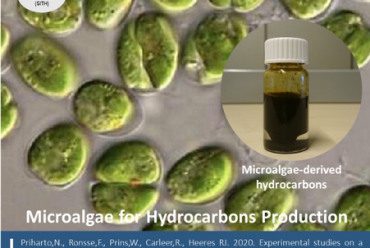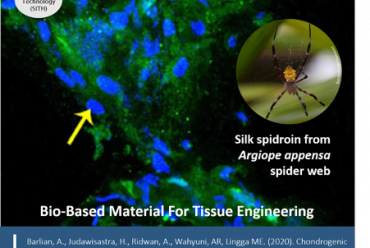Osteogenic potential of a 3D printed silver nanoparticle-based electroactive scaffold for bone tissue engineering using human Wharton’s jelly mesenchymal stem cells
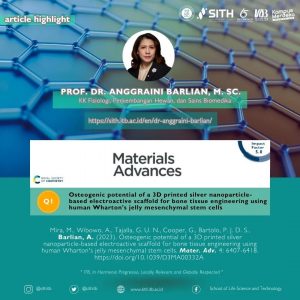
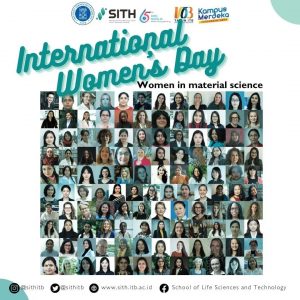
Prof. Dr. Anggraini Barlian in collaboration with material engineering made a significant contribution to an article in the journal collection “Celebrating International Women’s Day 2024: Women in Materials Science.” from the Royal Society of Chemistry.
The collection aims to celebrate Women’s Day 2024 today, March 8th, by recognizing the invaluable contributions of women to the field of materials science. All the articles within this collection highlight the diverse and impactful contributions made by women in advancing the field of materials science.
To explore more about women’s contributions to this collection, you can visit the link provided: https://bit.ly/WomenDay2024.
From groundbreaking research to innovative discoveries, they inspire us all.
This study by Prof. Dr. Anggraini Barlian, M.Sc. and her colleagues aims to perform biological assessments of an electroactive and anti-infection scaffold based on polycaprolactone/0.5 wt% silver nanoparticles that was fabricated using a green synthesis approach followed by a 3D printing method without utilization of any toxic solvents. The combination of a green synthesis approach to prepare AgNPs and solvent-free 3D printing methods to fabricate the PCL/AgNPs scaffolds led to better biocompatibility and ability to induce the osteogenesis process, which is attractive for bone tissue engineering and regenerative medicine applications.
Article Citation:
Mira, M., Wibowo, A., Tajalla, G. U. N., Cooper, G., Bartolo, P. J. D. S., Barlian, A. (2023). Osteogenic potential of a 3D printed silver nanoparticle-based electroactive scaffold for bone tissue engineering using human Wharton’s jelly mesenchymal stem cells. Mater. Adv. 4: 6407-6418. https://doi.org/10.1039/D3MA00332A

